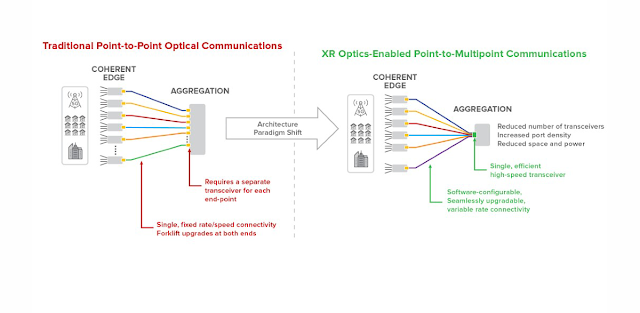The Telecom Infra Project (TIP) announced OpenWiFi Release 1.0, a community-developed, fully disaggregated Wi-Fi system, including Access Point (AP) hardware, an open-source AP network operating system (NOS) and an SDK to build cloud-native Wi-Fi controller software for Service Providers and enterprises. The first lab and field trials of TIP OpenWiFi are underway.
TIP OpenWiFi envisions a disaggregated Wi-Fi software system with three key benefits:
- Lower barriers to entry to develop enterprise-grade Wi-Fi solutions
- Accelerated innovation, enabling easier adaptation to specific use cases
- More choice and better economics for enterprises and Service Providers
Three Access Point ODM hardware providers, CIG, Edgecore Networks, and TP-Link, have announced the availability of 14 Access Point designs for indoor and outdoor use cases, and more than 30 designs are expected by the end of 2021 including additional ODMs.
OpenWiFi is managed within TIP’s Open Converged Wireless (OCW) project group.
“OpenWiFi is a natural next step, building on the momentum created by TIP’s OpenRAN and OOPT initiatives. OpenWiFi’s cost effective communication infrastructure options will help Service Provider’s close the business case for ubiquitous connectivity, using both 5G and Wi-Fi,” said Attilio Zani, Executive Director, TIP.
“Wi-Fi is delivering high-quality connectivity that the world so desperately needs, and provides critical telecom infrastructure necessary for daily activities, telework, and other important services in rural and underserved areas,” said Susan Silveira, Director of Business Development at Wi-Fi Alliance. “The vision of Wi-Fi Alliance to connect everyone and everything, everywhere complements the mission of the Telecom Infra Project (TIP), and Wi-Fi Alliance is proud to deliver foundational technologies and programs to ensure Wi-Fi provides an interoperable and secure experience so that initiatives like TIP OpenWiFi can continue to innovate for years to come.”



















